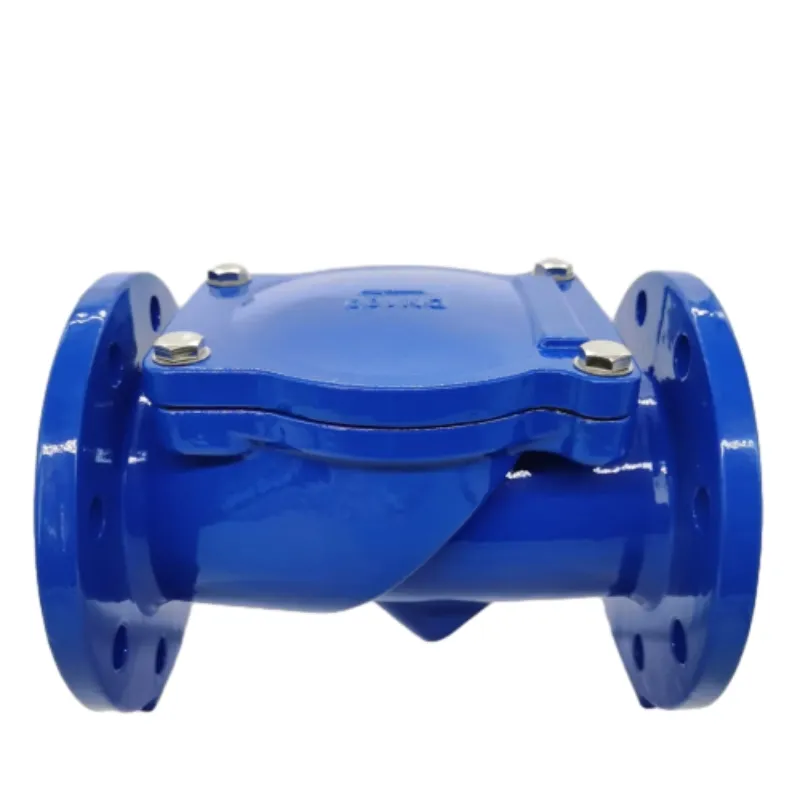Sep . 16, 2024 11:54 Back to list
one way ball check valve
Understanding One-Way Ball Check Valves
One-way ball check valves are essential components in various piping systems, playing a critical role in ensuring the unidirectional flow of fluids. Their design and function enhance the efficiency of fluid transfer while preventing backflow, which can lead to system damage or inefficiencies.
What is a One-Way Ball Check Valve?
A one-way ball check valve is a type of valve that allows fluid to flow in one direction only. It consists of a ball that is held in place by the fluid pressure. When fluid flows in the intended direction, the ball moves away from its seat, permitting the flow to pass. Conversely, if there is any attempt for fluid to flow back in the opposite direction, the ball is pushed against the seat, effectively sealing the valve and preventing backflow.
Applications of One-Way Ball Check Valves
These valves are widely used across various industries, including water treatment, oil and gas, and HVAC systems. In water treatment facilities, for example, one-way ball check valves help maintain the integrity of the system by preventing contaminated water from flowing back into clean water supplies. In oil and gas applications, they prevent backflow that could damage equipment and lead to significant financial losses.
Advantages of One-Way Ball Check Valves
There are several advantages to using one-way ball check valves in industrial applications
one way ball check valve

1. Simplicity Their design is straightforward, which simplifies both installation and maintenance. With fewer moving parts compared to other valve types, they are less prone to mechanical failure.
2. High Flow Capacity One-way ball check valves have a high flow capacity, ensuring minimal pressure drop across the valve. This characteristic is particularly beneficial in systems that require efficient fluid transfer.
3. Compact Size Their compact design allows them to fit into tight spaces, making them ideal for applications where space is a constraint.
4. Durability Made from robust materials, these valves can withstand harsh environments, ensuring a long service life even in demanding conditions.
Maintenance Considerations
While one-way ball check valves are generally low-maintenance, it’s crucial to regularly inspect them for debris that may prevent the ball from sealing effectively. Any buildup of sediments or other particulates can impair performance, so periodic maintenance checks are recommended. Additionally, ensuring that the valve is installed correctly, with the proper orientation and secure fittings, is vital for optimal operation.
Conclusion
In summary, one-way ball check valves are indispensable in many fluid transport applications. Their ability to prevent backflow while allowing efficient fluid movement makes them a preferred choice in numerous industries. Understanding their functionality and maintenance needs is essential for anyone involved in the design or management of fluid transport systems. Adopting these valves can lead to enhanced system reliability and efficiency, ultimately contributing to better operational outcomes.
-
Y Type Strainer Applications in Industrial Water FiltrationNewsJun.19,2025
-
Portable Welding Workbenches for On-Site ProjectsNewsJun.19,2025
-
Plug Ring Gauge Applications in Automotive Quality ControlNewsJun.19,2025
-
How to Calibrate a Precision Spirit Level for AccuracyNewsJun.19,2025
-
A Comprehensive Guide to Valve TypesNewsJun.17,2025
-
Precision Quality Control with Ring GaugesNewsJun.17,2025
Related PRODUCTS









